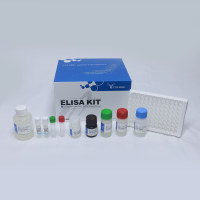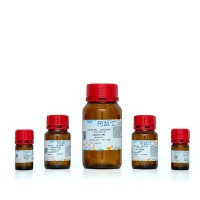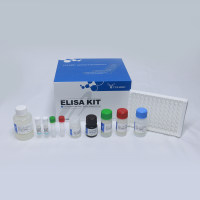Assessing Tumor Angiogenesis in Histological Samples
互联网
互联网
相关产品推荐

促销中大鼠肿瘤坏死因子α(TNF-α)/Rat TNF-α/tumor necrosis factor (TNF superfamily,member 2)/Tnf;Tnfa;Tnfsf2;Tumor necrosis factor;Cachectin;TNF-alpha;Tumor necrosis factor ligand superfamily member 2;TNF-a) [Cleaved into: Tumor necrosis factor;membrane for/TNF/ELISA试剂盒
¥3420¥3800

氢氧化铝悬浮液,for Chloride Determination in Highly Colored Samples,阿拉丁
¥102.90

促销中小鼠肿瘤坏死因子α(TNF-α)酶联免疫试剂盒Mouse Tumor necrosis factor α,TNF-α ELISA KIT
¥3420¥3800

TNFSF4/TNFSF4蛋白/Tumor necrosis factor ligand superfamily member 4(OX40 ligand)(OX40L)(CD antigen CD252)蛋白/Recombinant Rabbit Tumor necrosis factor ligand superfamily member 4 (TNFSF4), partial重组蛋白
¥69

TACSTD2/TACSTD2蛋白Recombinant Human Tumor-associated calcium signal transducer 2 (TACSTD2)重组蛋白Cell surface glycoprotein Trop-2 (Membrane component chromosome 1 surface marker 1) (Pancreatic carcinoma marker protein GA733-1)蛋白
¥1368

